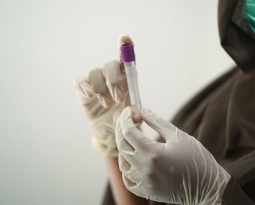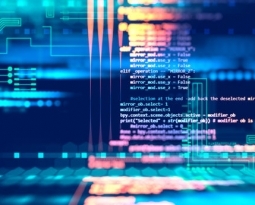Michigan Patent of the Month – September 2021
One thing we saw over the course of the pandemic, is the importance of disinfecting as much as we can. This was made clear by the hand sanitizer shortages as people tried to prevent the transfer of bacteria and viruses. However, people don’t often realize what other items might need disinfecting. Say you are at the grocery store, touching products and the shopping cart and checking the grocery list on your phone. You head abc to your car and put hand sanitizer on – but you don’t sanitize your phone. There have been some attempts at making devices which can safely sanitize our electronic devices. Most have some serious shortcomings. Certain versions with UV energy have a tendency to degrade plastics, others find that the UV cannot completely disinfect the device as it misses the spots that touch the holding shelf. UV Partners, Inc. has designed an alternative phone disinfection device which works to overcome these issues.
They designed a phone case with disinfectant transmissive material. Along with the case, it comes with a disinfecting charger. This charger can monitor and detect disinfection and charge status. It also has automatic interlocks to protect the device and the user from overexposure to the disinfectant. A portable electric device is attached to the UV transmissive case and enables the transmission of UV energy. This provides a method of complete UV disinfection for the device, including hard to reach areas like the charging port. When the device detects human proximity (in the form of motion or temperature sensors) it automatically shuts off the disinfection, protecting the user from UV exposure. This device improves the disinfecting ability, and makes it more likely to use than a bin that you must leave your phone in. In fact, while your phone is being cleaned, it can charge at the same time, all while being completely available to check emails, watch videos, or take calls.
Are you developing new technology for an existing application? Did you know your development work could be eligible for the R&D Tax Credit and you can receive up to 14% back on your expenses? Even if your development isn’t successful your work may still qualify for R&D credits (i.e. you don’t need to have a patent to qualify). To find out more, please contact a Swanson Reed R&D Specialist today or check out our free online eligibility test.
Who We Are:
Swanson Reed is one of the U.S.’ largest Specialist R&D tax advisory firms. We manage all facets of the R&D tax credit program, from claim preparation and audit compliance to claim disputes.
Swanson Reed regularly hosts free webinars and provides free IRS CE and CPE credits for CPAs. For more information please visit us at www.swansonreed.com/webinars or contact your usual Swanson Reed representative.

















